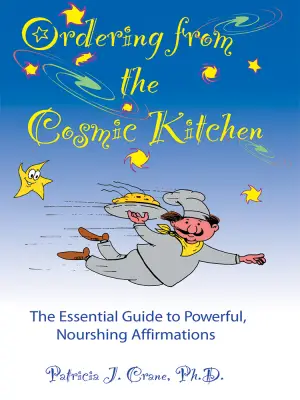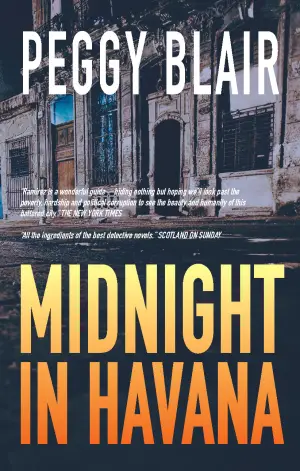Book Review: The Queens of Crime by Fiona Benedict
Ever found yourself drawn to a book by the sheer allure of its premise, only to feel your heart deflate as you dive in? That was my experience with The Queens of Crime by Fiona Benedict. As a devoted fan of mystery novels and the fascinating women who shaped the genre, I was excited to explore this novel centered around the legendary Dorothy L. Sayers and her push for female representation in the Detection Club alongside titans like Agatha Christie. Unfortunately, what I hoped would be a thrilling homage turned out to be a disappointing literary affair.
Right from the start, the premise feels tantalizingly rich. Sayers serves as our narrator, recounting the initiation of women into a club formed by prominent mystery writers in 1930. The club’s founding aims to protect the genre from being sidelined by a patriarchal literary establishment struck a chord with me. Here were women—Sayers, Christie, Ngaio Marsh, and Margery Allingham—challenging the status quo, a notion I was eager to delve deeper into. Yet, as the plot unfolded, I was met with repeated frustration. The clever scheme devised by Sayers and Christie to combat the blatant sexism they faced was fascinating; however, it felt overshadowed by a lackluster execution that left the characters feeling more like cardboard cutouts than vibrant historical figures.
The story pivots around the mysterious murder of a young nurse named May Daniels, whose fate the women hope to illuminate—convinced that their perspectives would bring fresh insights to the investigation typically dismissed by the male detectives. While the idea alone held the potential for a gripping mystery, Benedict’s writing style unfortunately leaned toward the overly analytical, resulting in a story that felt, dare I say, plodding. The pacing lacked the suspense and emotional resonance needed to keep me fully engaged. I found myself yearning for the dynamic energy that infuses the works of the original mystery queens.
While the characters could have been incredibly compelling, their development felt stunted, making it hard for me to connect with them. I kept thinking: with such powerful historical figures at her disposal, how does the author miss the opportunity to bring them to life? Their motivations boiled down to the struggle for validation in a male-dominated space, yet this essence seemed stripped away by a clinical, almost formulaic writing approach.
Although there were moments that sparkled—such as the camaraderie between the women and the clever nods to the Fair Play Rules—I couldn’t shake my overall disappointment. Why do these remarkable women have to prove their worth to a group so blatantly dismissive of their contributions? The answer feels grossly simplistic when told through the pages of The Queens of Crime.
I initially felt a pang of sadness realizing that this would likely be my last venture into Benedict’s work. That said, I still would recommend this book for those driven by a desire to uncover the historical nuances of the literary world or for die-hard mystery fans keen on the historical backdrop. Perhaps it may resonate more with readers less bothered by its shortcomings than I was.
In conclusion, I was left reflecting not just on this book, but on how the richness of a fascinating premise could fall flat without the execution to match. For me, it was a lesson in the importance of narrative flair—a reminder that even the most captivating tales can falter when they’re missing the heartbeat of storytelling. 2.5 stars for the attempt but ultimately, a reminder to tread carefully with this author’s works.














